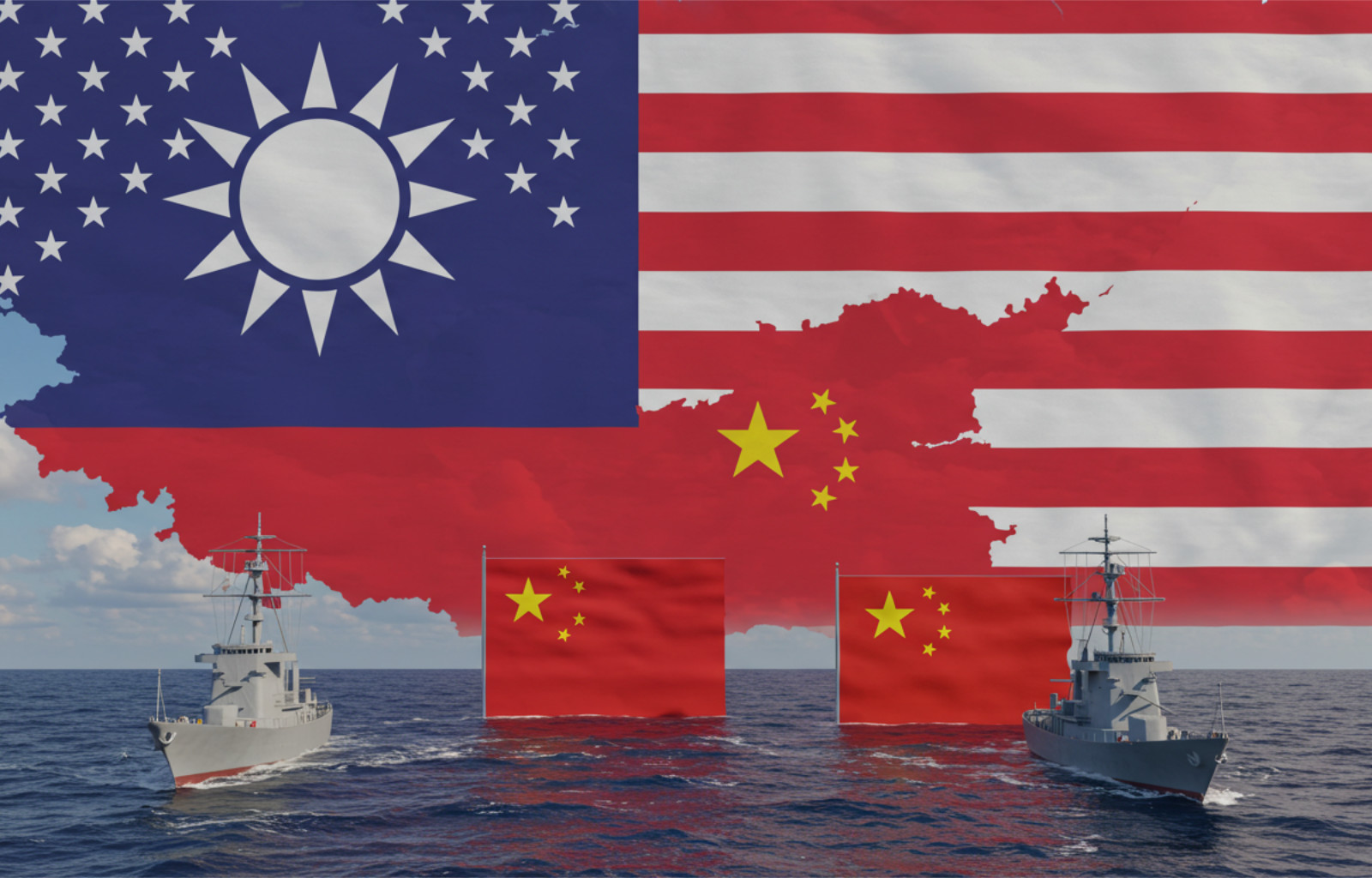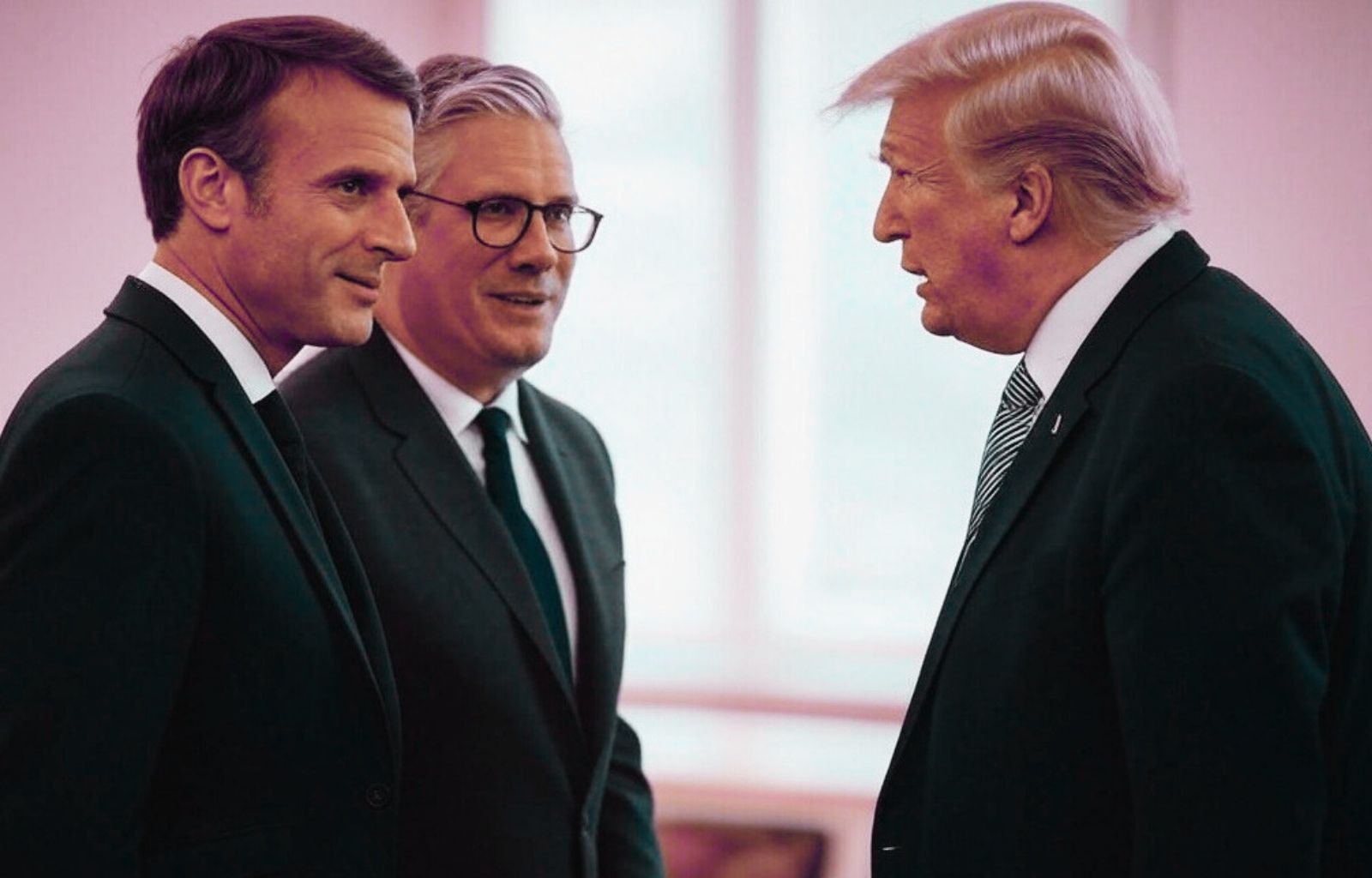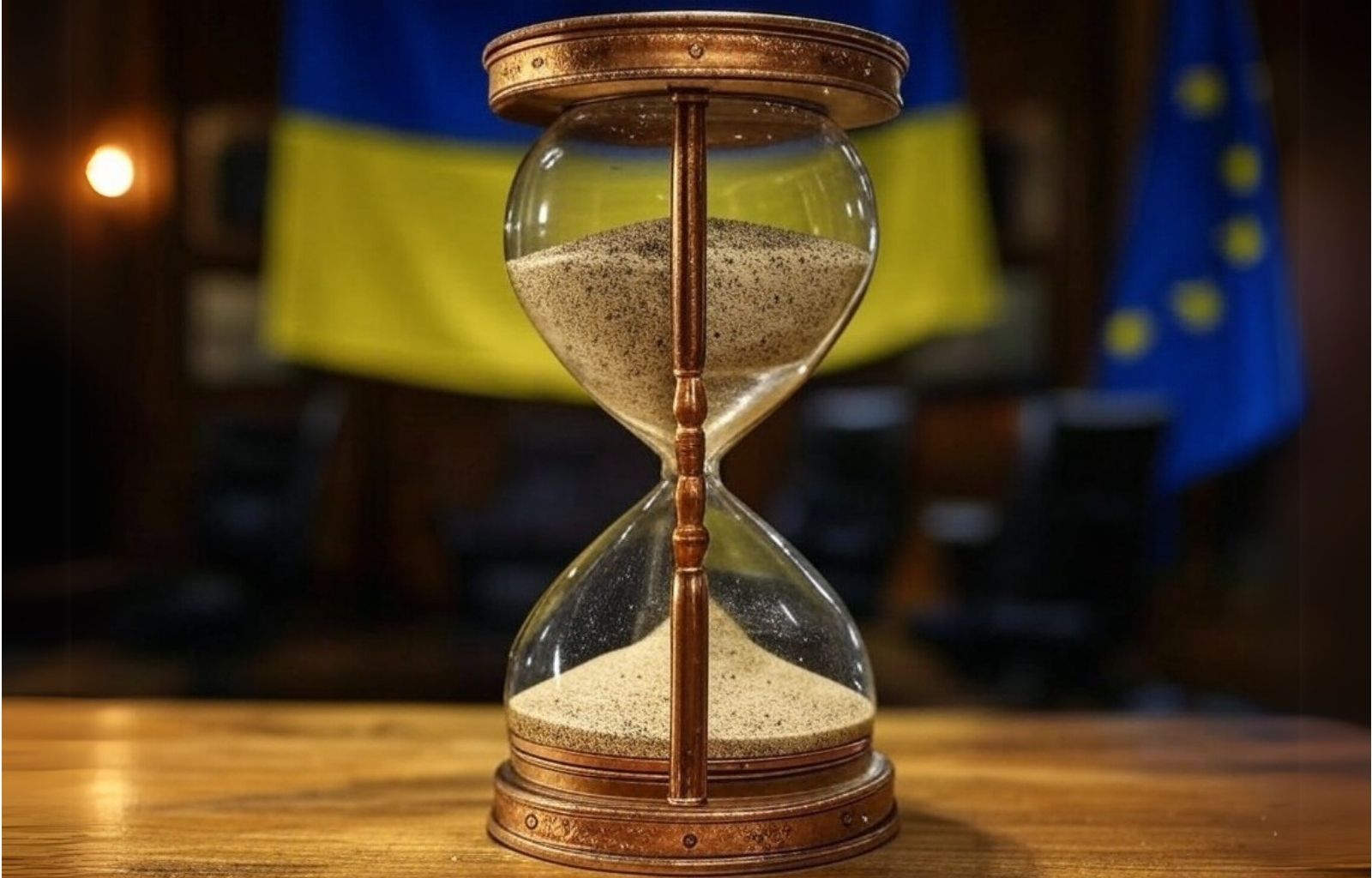20% of the CAP to artificial intelligence: a proposal

Artificial intelligence is emerging as the most disruptive and strategic technology of our time, bringing irreversible transformations to key sectors such as healthcare, defence, finance and education, to name a few. While we can take this as a given, similarly, while the United States and China are continuing to invest heavily in the development and application of AI, consolidating their technological supremacy, it is evident that the European Union has so far adopted a predominantly regulatory approach.
An orientation that, while having the merit of addressing the ethical and regulatory challenges linked to AI, has fuelled doubts and reflections on Europe’s ability to compete on the technological frontier and in fields that periodically redefine global economic balances. This is now increasingly being discussed, because the challenge is not only technological, but geopolitical: without a strategy and a targeted investment plan, the risk is that the EU will remain increasingly relegated to a marginal role, dependent on innovations developed elsewhere.
EU and AI, between regulation and competitive lag
The EU was the first in the world to introduce a regulatory framework dedicated to AI, with the AI Act, a regulation aimed at ensuring the safe and transparent use of smart technologies. The European approach is based on a classification of the risks associated with AI, placing strict limitations on systems considered to be high-risk, such as those used for biometric surveillance or the management of public services.
Although pioneering in terms of the protection of rights and security, this regulation has aroused growing criticism in the public debate and among practitioners. The main fear – shared, as well as legitimate – is that Europe has imposed constraints on itself that will hold back the development of AI applications Made in Europe, which are highly strategic in global competition.
The data confirm an already marked gap, destined to grow sic stantibus rebus: according to El País, only 7% of global investment in digital software and applications comes from Europe, while the United States reaps 71% and China 15%. This disproportion reflects a structural lag in the European technology ecosystem, due to a combination of factors: poor digital market integration, fragmented industrial policies and an insufficient ability to attract or invest adequate capital in research and development.
Yet – controversies over model theft and distillation aside – the recent development of the DeepSeek-V3 artificial intelligence model, built in China with a derisory budget of just $5.6 million, has shown how the AI market may not be as saturated as it seemed and that it is still possible to create competitive realities capable of challenging the big tech giants even in Europe, if only the EU would manage to rebalance its efforts between regulating and incentivising innovation.
A change of pace from Brussels and Paris
Fortunately, the latest announcements from the European Union and France seem to be in response to criticism of the lack of investment. The President of the Commission, Ursula von der Leyen, announced the creation of a €20 billion fund to promote research and innovation in the field of AI, with the aim of mobilising a total of €200 billion and building four dedicated ‘giga-facilities’. A few days later, French President Emmanuel Macron confirmed his willingness to attract 500 billion investments within the next four years, focusing on low energy costs (thanks to nuclear energy) and the training of 100,000 professionals per year. These announcements mark a partial change of course from a purely regulatory approach: an attempt to narrow the gap with the United States and China by closing the gaps in resources and infrastructure. Suffice it to say that recently, even fully European players such as the start-up Mistral IA have begun to show the potential of the Old Continent with next-generation open-source models. If these initiatives produce tangible effects, the EU could finally flank regulation with a real industrial plan for AI, realigning its financial programming and, above all, aiming for a more solid technological sovereignty.
A proposal: the use of European funds programming
Obviously, beyond intentions and announcements, resources then have to be mobilised concretely, and this is by no means easy. Let us therefore try to develop a reflection and a proposal. The European Union has historically used the programming of European Funds as a tool to promote investment and development, with the aim of reducing economic disparities between regions and strengthening the competitiveness of its member states, by financing infrastructure, innovation, research and social cohesion and allocating significant resources to strategic sectors.
The long-term EU budget for the period 2021-2027, together with the temporary recovery instrument NextGenerationEU, amounts to approximately EUR 2,018 billion. This budget is divided into several expenditure categories, each targeting specific policy areas: a distribution that reflects the EU’s strategic priorities and does not consider emerging areas such as artificial intelligence.
Clearly, there are inherent limitations, such as the seven-year programming approach, a time horizon that is far too long considering that competition in high-tech sectors is travelling at an exponentially higher speed, or the failure to provide for flexibility mechanisms in the allocation of resources to respond to new technological challenges. There is probably also a certain difficulty in recalibrating programming for reasons of ‘historical expenditure’ or, in other words, due to the encrustations caused by the weight of lobbies and position disputes (see farmers’ protests).
378 billion for the CAP
An obvious example is the Common Agricultural Policy (CAP), which continues to absorb a significant part of European resources. Established in 1962, the CAP is one of the EU’s longest-running policies and has been one of the fundamental pillars of European integration for decades. Created in a post-war context, the CAP responded to needs such as ensuringfood security in a Europe still bearing the scars of World War II, increasing agricultural production to avoid famine and foreign dependence, and stabilising markets and ensuring a fair income for European farmers.
Over the years, the CAP has been reformed to adapt to new challenges, introducing measures for environmental sustainability and modernisation of the agricultural sector. Even today, its centrality in the EU budget remains a constant, despite the continent’s economic transformation and the already substantial investments made. For the period 2021-2027, the CAP has a budget of EUR378 billion, a larger share of the budget than for innovation and digital.
The historical allocation of resources to the CAP is the result of consolidated political balances: the agricultural sector has always had a strong weight in negotiations between Member States, and countries with a great agricultural tradition – such as France and Italy – have always defended the maintenance of substantial funding. Logics that still produce a distribution of European resources that is no longer sustainable and functional to global competition, paradoxically also for the agrifood sector itself, which, as sustained by a large body of literature, would benefit considerably in terms of production sustainability and product quality precisely from a massive application of technology and artificial intelligence.
Arguably, if the EU wanted to strengthen its competitiveness in the 21st century, it could start precisely by questioning the programming of resources. In other words, even considering that all economic sectors of the Old Continent, including agriculture, would indirectly benefit from the application development of AI, does it still make sense to allocate almost 400 billion to the CAP when AI will barely receive any money?
AAA big tech wanted
Another European criticality is the absence of players capable of competing with American and Asian big tech. Europe, despite its economic and industrial strength, has never been able to give birth to digital giants such as the American Google, Amazon, Microsoft, Apple and Meta on the one hand, and the Chinese Alibaba, Tencent and Baidu on the other. These companies dominate the global technology landscape, leaving the EU in a marginal position. As the recent case related to the possible entry of Starlink as Italy’s technology supplier suggests, the result is a structural dependence on foreign digital platforms, with direct implications on technological sovereignty, data management and economic security.

The absence of European Big Tech is not accidental, but the result of decades of political and economic choices that have favoured other sectors, leaving digital in the hands of non-European players, but above all that have considered some technological-industrial challenges prematurely lost, as is happening precisely with artificial intelligence. While in the US and China innovation has been fostered through massive public investments and a flexible regulatory ecosystem, Europe has adopted a conservative and illusorily defensive approach, focusing on regulation and single market protection rather than development.
The EU has been a pioneer in regulating digital, imposing limits on large platforms and trying to counter their overwhelming power with measures such as the Digital Markets Act (DMA) and the Digital Services Act (DSA). But unlike the United States, where the big technology companies were born out of strong government support – just think of DARPA’s role in the development of the internet and Silicon Valley – and China, which has adopted a model of digital sovereignty, Europe has left the development of the sector almost exclusively to private initiatives, without a real common industrial strategy or a vision that would attribute any kind of strategic value to digital infrastructures.
What to do
Europe has not had its Google, its Facebook or its Alibaba, but the challenges of artificial intelligence and quantum computers – by way of example – could represent an opportunity not to repeat the same mistakes. The risk is that even these technological revolutions will be dominated by the United States and China, leaving Europe once again in a position of technological dependence and consequent geopolitical subordination.
It is therefore not just a question of economics, but of sovereignty and freedom, in a world in which the balances sanctioned by the Atlantic Pact have been overcome and in which those who control technology control data, infrastructure and the economy.
If Europe wanted to bridge the digital divide, a radical change of course would be needed and this would require significant and targeted investment. One concrete option would be to revise European programming by replenishing or reshuffling the European budget. For example, if even just 20 per cent of the CAP were reallocated to AI, Europe could dispose of more than EUR 75 billion to launch a European Artificial Intelligence Plan, capable of stimulating the emergence of European technological champions.
But it is not just a question of resources: we need a paradigm shift and a vision that will foster the growth of digital businesses, stimulate applied research and create a regulatory environment that is not stifling. At stake are the technological independence, security and freedom of European citizens. The challenge is open, but not for long.












